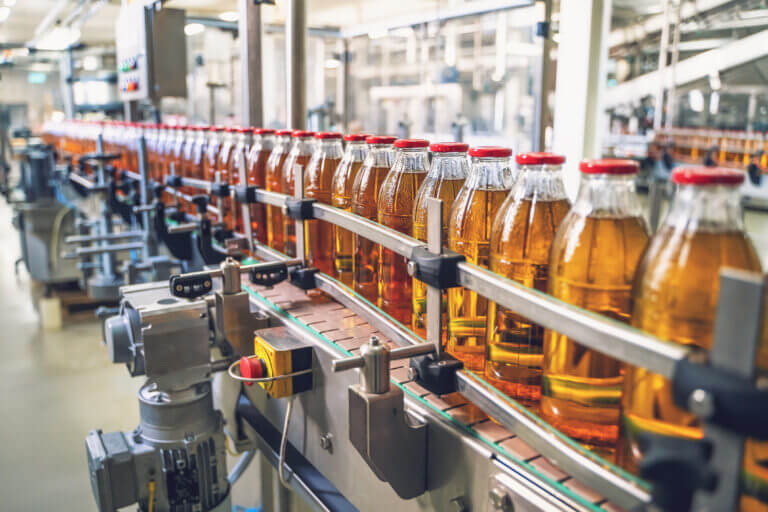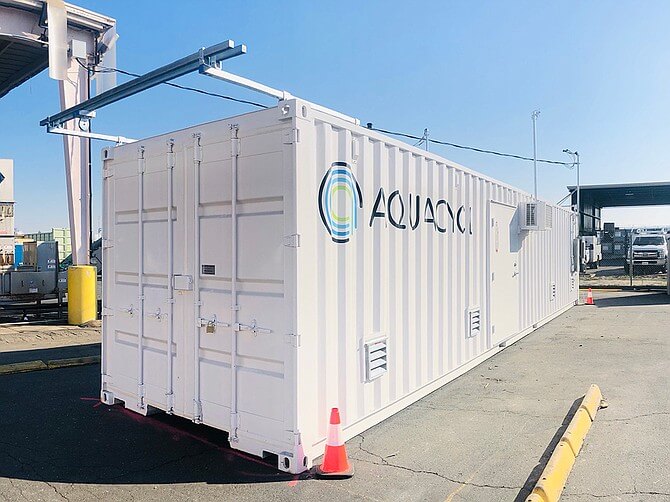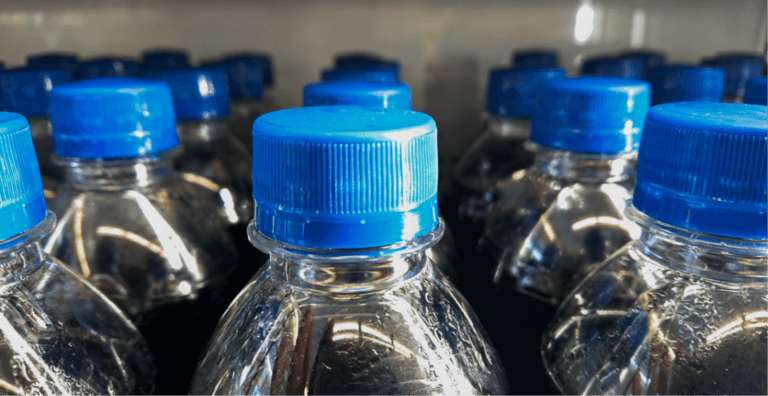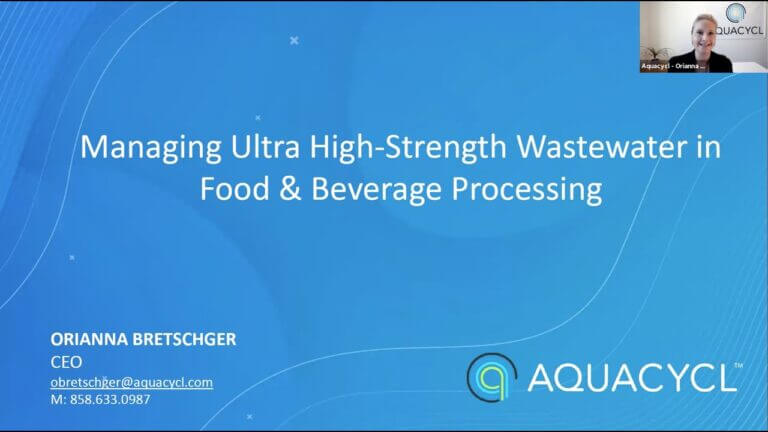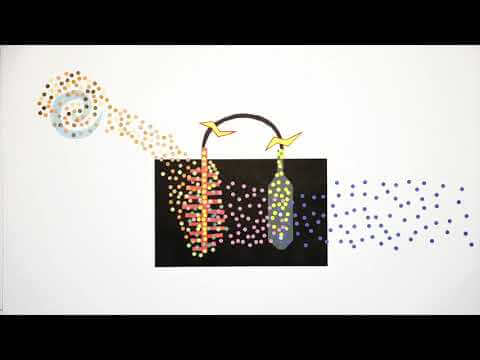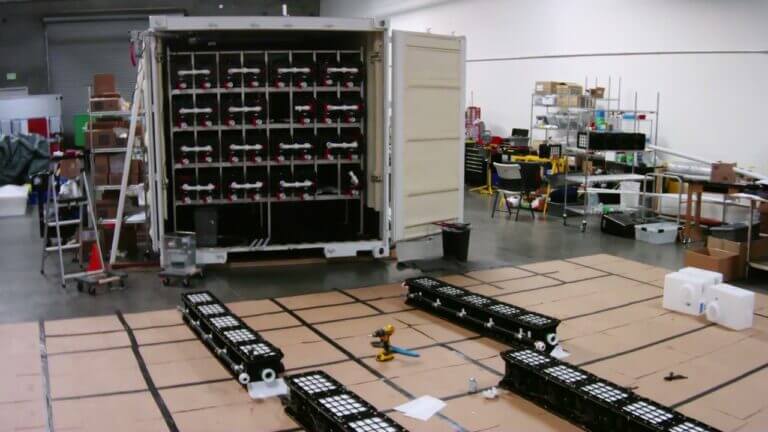While it may appear the Urban Wastewater Treatment Directive (UWWTD) doesn’t apply to industrial facilities, its latest updates will have a significant impact on your facility. With urban wastewater treatment plants required to achieve energy neutrality by 2045, industrial producers must prepare for the ripple effects of these changes.
In this blog, we’ll break down what you need to know about the directive and how you can help reduce energy demands at urban wastewater treatment facilities—while also minimizing your risks and costs to stay aligned with the EU’s evolving regulations.
The EU Urban Wastewater Directive: What You Need to Know
The European Union’s Urban Wastewater Treatment Directive (UWWTD) ensures that wastewater is properly treated before being discharged into the environment.
Recent updates to the directive introduce stricter pollutant regulations, reinforce the “polluter pays” principle, and establish ambitious sustainability targets. One of the most significant changes? By 2045, urban wastewater treatment plants must be energy-neutral.
While the update primarily applies to municipal treatment facilities, industrial producers—especially those discharging high-strength wastewater—will feel the ripple effects. As treatment plants strive for energy neutrality, they will shift more responsibility onto dischargers, making it essential for industrial facilities to prepare.
Why industrial facilities are in the spotlight
Industrial wastewater carries high concentrations of pollutants, making it more difficult—and energy-intensive—to treat.
While municipal wastewater typically contains 200–600 mg/L of chemical oxygen demand (COD), industrial wastewater can exceed several thousand mg/L of COD, depending on the industry. Treating high-strength wastewater requires far more aeration, chemical inputs, sludge management, and overall energy, placing a heavy burden on urban treatment facilities.
With the EU’s push for energy neutrality, urban treatment plants will look for ways to reduce their energy consumption, which means industrial dischargers will face mounting pressure to take responsibility for their water quality.
As the EU tightens regulations, industrial dischargers should prepare for three major impacts:
1. Higher Pollutant Charges
✔ Under the “polluter pays” principle, industrials will have to pay for additional treatment of pollutants entering treatment systems.
✔ Urban wastewater treatment plants may introduce higher surcharges to urge industrial facilities to reduce pollutants prior to discharge.
2. Potential Denial of Service
✔ Treatment facilities under pressure to meet energy-neutral goals may refuse to accept wastewater with excessive pollutant concentrations to minimize their energy consumption.
3. Stricter Industrial Discharge Regulations
✔ While the UWWTD currently focuses on municipal plants, future updates could impose direct restrictions on industrial dischargers.
✔ The recent enforcement of the “polluter pays” principle signals a shift toward holding industrial facilities accountable for their wastewater impact.
What You Can Do: Onsite Pretreatment
You want to prepare your facility to avoid financial penalties, service disruptions, and compliance risks. The best thing you can do? Use an onsite pretreatment system that delivers a reduction in pollution with minimal energy consumption.
An onsite pretreatment system is a wastewater treatment system installed directly at your facility to remove the bulk of pollutants before discharge into an urban wastewater treatment plant or the environment. These systems ensure that your wastewater meets regulatory standards while reducing the burden on downstream treatment facilities. Technology innovations have led to a broader portfolio of options for onsite pretreatment systems that will achieve pollution reduction goals for industrial clients with a small physical footprint and minimal energy consumption.
Onsite pretreatment systems will:
- Reduce pollutant loads before wastewater reaches municipal plants
- Lower surcharges by improving water quality
- Improved compliance with new regulations
- Reduce Scope 3 emissions by reducing the energy required for municipal treatment
Beyond compliance, onsite pretreatment also delivers long-term financial and operational benefits, including:
- Operational cost savings by reducing monthly utility bills
- Enhanced sustainability and alignment with EU climate goals
- Enabling onsite reuse opportunities for a growing circular economy
With an onsite pre-treatment system, you’re not only ensuring regulatory compliance and cost savings—you’re also actively supporting urban treatment plants in reducing their energy consumption.
Your solution to new UWWTD regulations
Aquacycl makes onsite wastewater treatment simple, sustainable, and cost-effective with modular, energy-efficient, and reduced-sludge solutions. Our managed service approach ensures compliance—without adding operational burdens to your facility.
By choosing Aquacycl for onsite wastewater pretreatment, you gain a trusted partner to help you navigate evolving regulations and guarantees your system is always operating to the latest standards.
Don’t wait for surcharges and compliance challenges to disrupt your operations. Be proactive in aligning with the EU’s Urban Wastewater Directive.



